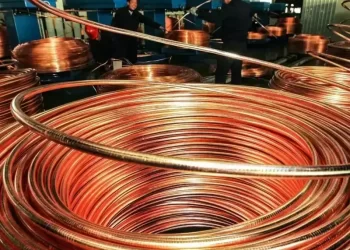Prime Minister Shehbaz Sharif on Friday said that he has “written a letter” to the Chinese authorities for the proposed reprofiling of debt.
“I have written a letter to China today, as it is a matter of public domain, for the reprofiling of debt,” said PM Shehbaz as he adderssed the federal cabinet meeting in Islamabad.
The remarks come days after Finance Minister Muhammad Aurangzeb told a press conference that Pakistan has initiated talks on reprofiling its power sector debt to China.
Aurangzeb said Pakistan will address the reprofiling of Chinese credit to the power sector on a project-by-project basis and that Islamabad is looking to appoint a local advisor in China for the purpose.
The neighboring countries, which have been longtime allies, and rollovers or disbursements on loans from China have helped Pakistan meet its external financing needs in the past.
Pakistan is also in talks with Saudi Arabia, the United Arab Emirates, and China to meet gross financing needs under the IMF programme for which Islamabad needs board-level approval.
The IMF this month agreed on a $7 billion bailout for the heavily indebted South Asian economy while raising concerns over high rates of power theft and distribution losses that result in debt accumulating across the production chain.
On Friday, PM Shehbaz informed members of the cabinet that Chinese President Xi Jinping had “appreciated his idea” of converting CPEC coal-based power projects into local coal.
“I told the president that Thar coal could help the country cut down its imports and annually save $1 billion in foreign exchange,” the PM said.
He said the incumbent government is fully cognizant of the problems being faced by the people and making sincere efforts to provide relief to them.
He said the government has taken a number of “short and medium term” measures for resolution of issues pertaining to energy sector and hefty electricity bills.
Elaborating on measures, PM said the government provided Rs50 billion as subsidy for three months electricity bills to the protected electricity consumers, using up to two hundred units.









